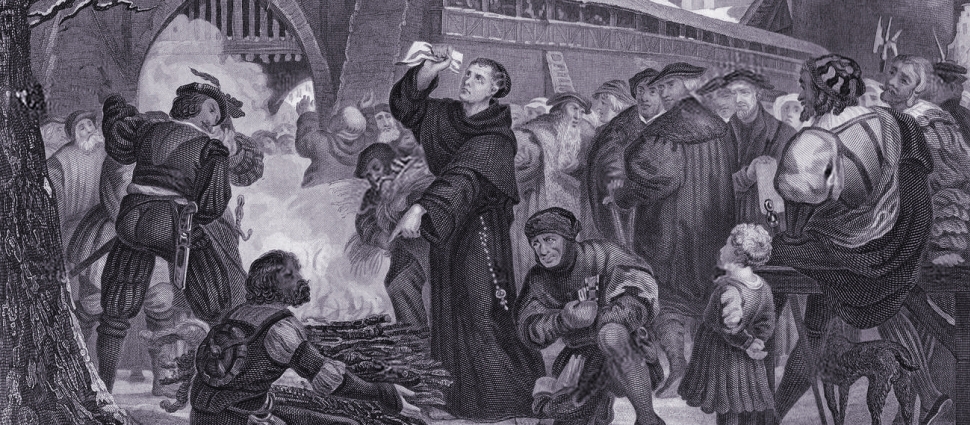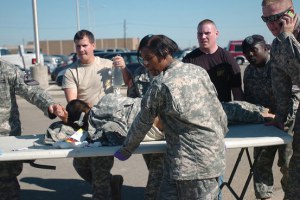Islamic Violence and the Deadly Foolishness of Political Correctness

November 10, 2009

It is remarkable to see all the handwringing in the press over what could possibly have been the motive behind the murders at Fort Hood perpetrated by a fundamentalist Muslim. Do we truly have to wonder at the motive? Truly? Have we learned nothing? Apparently not. Our political leaders were quick to warn Americans against anti-Muslim backlash. Has this been the threat? Is it anti-Muslim backlash that has been the true threat to tranquility in the world? Even the bumbling Dr. Phil insists that the victim in this is Hasan the murderer.
David Brooks, no right-winger he, has written in the New York Times:
David Brooks, no right-winger he, has written in the New York Times:
Hasan was portrayed as a victim of society, a poor soul who was pushed over the edge by prejudice and unhappiness.
There was a national rush to therapy. Hasan was a loner who had trouble finding a wife and socializing with his neighbors.
This response was understandable. It’s important to tamp down vengeful hatreds in moments of passion. But it was also patronizing. Public commentators assumed the air of kindergarten teachers who had to protect their children from thinking certain impermissible and intolerant thoughts. If public commentary wasn’t carefully policed, the assumption seemed to be, then the great mass of unwashed yahoos in Middle America would go off on a racist rampage.
Worse, it absolved Hasan — before the real evidence was in — of his responsibility. He didn’t have the choice to be lonely or unhappy. But he did have a choice over what story to build out of those circumstances. And evidence is now mounting to suggest he chose the extremist War on Islam narrative that so often leads to murderous results.
The conversation in the first few days after the massacre was well intentioned, but it suggested a willful flight from reality. It ignored the fact that the war narrative of the struggle against Islam is the central feature of American foreign policy. It ignored the fact that this narrative can be embraced by a self-radicalizing individual in the U.S. as much as by groups in Tehran, Gaza or Kandahar.
It denied, before the evidence was in, the possibility of evil. It sought to reduce heinous act to social maladjustment. It wasn’t the reaction of a morally or politically serious nation.
Also, see the piece by Dorothy Rabinowitz in the Wall Street Journal. Rabinowitz writes:
It can by now come as no surprise that the Fort Hood massacre yielded an instant flow of exculpatory media meditations on the stresses that must have weighed on the killer who mowed down 13 Americans and wounded 29 others. Still, the intense drive to wrap this clear case in a fog of mystery is eminently worthy of notice.
The tide of pronouncements and ruminations pointing to every cause for this event other than the one obvious to everyone in the rational world continues apace. Commentators, reporters, psychologists and, indeed, army spokesmen continue to warn portentously, "We don't yet know the motive for the shootings."
What a puzzle this piece of vacuity must be to audiences hearing it, some, no doubt, with outrage. To those not terrorized by fear of offending Muslim sensitivities, Maj. Nidal Malik Hasan's motive was instantly clear: It was an act of terrorism by a man with a record of expressing virulent, anti-American, pro-jihadist sentiments. All were conspicuous signs of danger his Army superiors chose to ignore.
What is hard to ignore, now, is the growing derangement on all matters involving terrorism and Muslim sensitivities. Its chief symptoms: a palpitating fear of discomfiting facts and a willingness to discard those facts and embrace the richest possible variety of ludicrous theories as to the motives behind an act of Islamic terrorism. All this we have seen before but never in such naked form. The days following the Fort Hood rampage have told us more than we want to know, perhaps, about the depth and reach of this epidemic.




